How to insulate the walls from the inside and is it necessary ...
If you have even the slightest opportunity to insulate the walls from the outside - do it. This is the best option, because wall insulation from the inside is a headache. There are only two correct and more or less acceptable options, and then, one takes up a lot of space, and the second requires significant costs during the winter. There is also a method suitable for insulating balconies and loggias. And for now, that's all. All other options with polyurethane foam, liquid-ceramic insulation, penofol and other materials bring only dampness and mold.
The content of the article
Wall insulation from the inside: what is the problem
Anyone who insulated the outer walls of a house or apartment from the inside - from the room - is faced with the problem of the appearance of fungi, mold and high humidity. These consequences are natural, and appear regardless of the type of insulation used. You can get rid of moisture and fungi only by removing the internal insulation, making major repairs to the walls, treating them with antifungal compounds and plastering.
Let's look at the reasons. The so-called dew point is to blame. This is where warm and cold air meet and condensation forms as a result.
The figure on the left shows the situation with the dew point if the wall is not insulated. It is located somewhere in the thickness of the wall, depending on the temperature and humidity, it shifts from one side to the other, but it is always located far enough from the inner surface. In this case, moisture accumulates in the wall and freezes. In the spring, as it thaws, it evaporates, and evaporates into the atmosphere. In the room, if dampness is observed, then it is short-term and at the level of sensations.
The photo in the center shows a situation when the wall is insulated from the inside. In this case, condensation falls out in the insulation, or, if this is not possible (polystyrene foam is used, for example), at the border of the insulation and the wall. Even if the wall freezes and the condensate turns into ice, in the spring it will melt, the insulation, wall material and decoration will get wet. Since there is a long distance to the outer surface facing the street, moisture dries very badly in this case, which "climbs" in the form of dampness, mold and all the accompanying delights.
And the third option is wall insulation from the outside. In this case, the dew point is in the insulation. How to get it out of there is another story (make a ventilated facade or choose the right vapor permeability of materials), but for our topic it is important to understand that in this case the wall inside the room will definitely be dry and warm.
To summarize, we can say, if possible, do insulation outside. Wall insulation from inside the premises has to be done only in a few cases:
- if they are not allowed to be insulated from the outside (the building is a historical monument or is prohibited by local authorities);
- if the wall goes into a joint between two buildings;
- the wall goes into the elevator shaft.
But before starting this work, make a good inspection of the floor, ceiling, windows. Sometimes most of the heat does not go through the walls, but through these surfaces, and it is easier to insulate them (in the sense, less hassle with the dew point).
Correct internal wall insulation in a house or apartment
There are only two ways to insulate the walls in rooms from the inside and not get a problem in the form of dampness:
- by recreating a multi-layer wall (put a wall in a half-brick with insulation at some distance);
- make the wall heating, and then insulate it.
These options work, but as you can see, they eat up a lot of space and cost a lot of money.In each case, it is necessary to consider what kind of insulation and how much is needed, but the cake of the wall remains the same.
Second wall
At some distance from the main wall, a second wall is installed with a thickness of 10-12 cm. Between the two walls, a layer of insulation is attached to the inner wall, which is required for these conditions. At the same time, a ventilation gap of at least 3 cm should remain to the outer wall. In total, this whole structure will be 20-25 cm from the main wall. It will "eat" a very considerable area.
As you can see, in this case the dew point can be located inside the insulation or on the inner surface of the wall facing the street. In order to be able to remove the resulting moisture, you can make forced ventilation by installing one or two exhaust fans.
Since in this case the insulation will get wet, it is necessary to choose one that is not afraid of moisture. These are polyurethane foam, expanded polystyrene, foamed glass. You can also use some types of stone wool, but only those that are not afraid of moisture (there are some).
It is necessary to fix the thermal insulation material simultaneously with the construction of the walls. We laid it out at a certain height, fixed the thermal insulation. It's inconvenient to work, but there is no other way out.
Heating with electricity
The idea behind this method is to transfer the dew point to the inside of the wall when insulating a concrete or brick wall. To do this, it must be heated. The easiest way is to attach an electric underfloor heating mat. At some distance from it, a heater is installed, on top of which there is a finishing layer.
In this case, there are no problems with moisture removal, and much less space is required for the installation of the system: from 8 cm (with a ventilation gap of 3 cm and a thickness of insulation of 5 cm).
With this method, the thermal insulation material can be any. To install it, they first make a crate, then a counter-lattice, and a suitable insulation is already attached to it.
Option for insulating a balcony from the inside
In the case of a loggia and a balcony, the situation is often completely different. If the authorities do not allow the installation of the wall, they demand that the existing reinforced concrete screen be left, it is cut off from the warm air by careful thermal insulation made of extruded polystyrene foam (EPS).
In this case, it is better to make the insulation redundant than even slightly insufficient. The total thickness is divided into two layers. They fit without a gap (preferably with locks), and so that the seams of the first layer overlap the sheet of the second. There should be no direct access of warm air to the screen.
Very carefully it is necessary to approach the issue of insulation of the floor and ceiling of the loggia / balcony, to ensure tightness at the junction with the walls. Also pay attention to how the glazing will be installed: there may also be problem areas: the joint with the screen, walls, insulation of the part above the frames. All of them must be well finished, excluding the possibility of contact with warm / cold air. In this case, there will be no problems. Even balcony combined with the room.


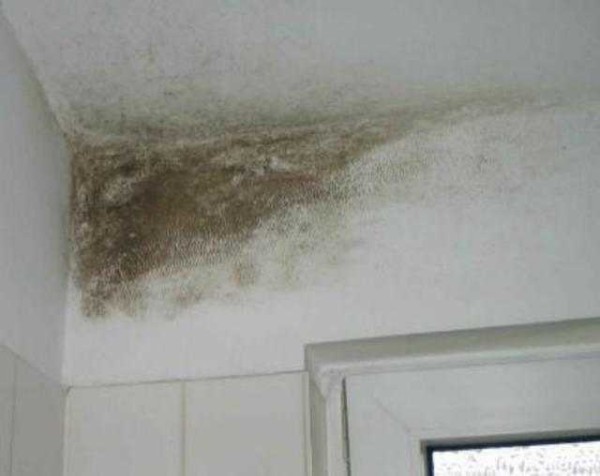
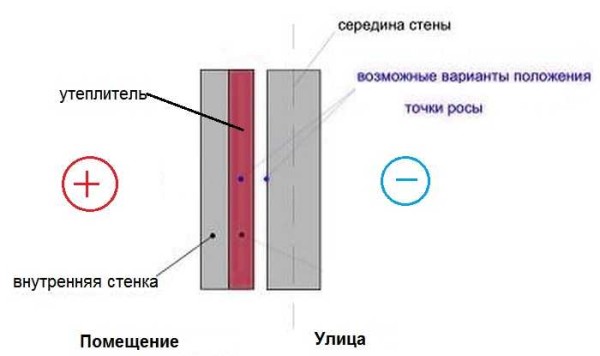
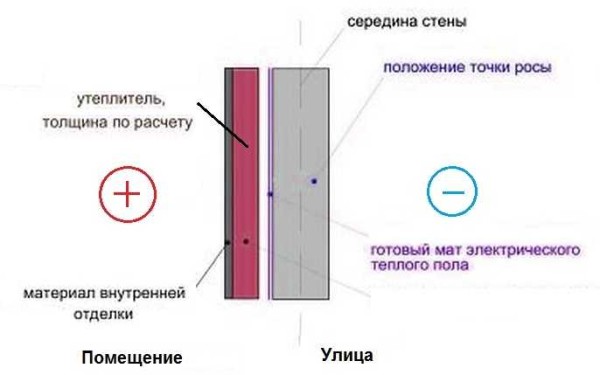
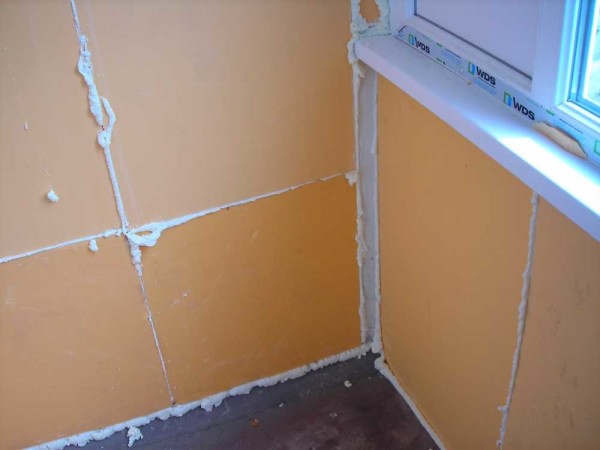


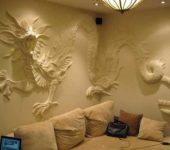
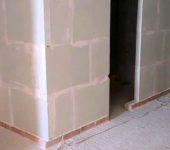
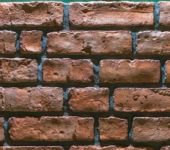





And if we talk about PIR plates, is their use justified? The characteristics are good, the opinion of a professional is interesting
You can also choose a heater such as a PIR plate. Inside the house, it will allow you to save space well.
Good afternoon, I built a house from a heating block; insulation is already laid inside it, can you still insulate it from the inside of the house or is it better not?
If you pick up a heater with better air permeability than your heating block, then you can.
For 5 years we have been insulating the premises from the inside with an ultra-thin insulation AKTERM Concrete, we have never had any complaints, customers are delighted to advise everyone, 1.5 mm of coverage is quite enough for reliable thermal insulation of the room
As professionals, advise the best way to insulate the walls of a wooden house, the house is sheathed with a board, we will repair it inside the filling (sawdust), I want to choose the right insulation
Wooden houses are insulated outside with mineral wool. Better - glass wool, since stone is afraid of getting wet and freezing. It will be very unpleasant to work, but the insulation will be durable and not too expensive. We cannot offer other budget options.
On a hut with the guys, a small hut was set up for winter hunting, well, there was to sit there for three days to rest from the women))) The main thing was that it was warm, in winter you can't bring firewood there especially. So the state farm foreman advised to take a special mineral wool - a super warm little bit. They seemed to be doing a new school for her. It goes in hard slabs, but they can be bent, that is, they do not break. In terms of heat, it seems to be one and a half times better than usual. Well, due to the elasticity, it compensates for all the curvature and jambs on the walls. In short, I liked it.
Now I'm building a house for myself. I also spent a long time choosing which mineral wool to take on the walls. Then a neighbor advised Izorok to be super warm. In slabs, but not fragile. They rather behave like a sponge, you can squeeze, press down, and restore the shape back. Very convenient for work. And in terms of the quality of insulation it is better, because you can put it tightly plate to plate, not even just in a dense one, but pressing it from the ends so that the plates spring into each other and stand tightly in the frame .. And the packs are large, when you take out the plates they grow right before your eyes in volume - In short, I am very satisfied, the work is super easy.
I made a pie during construction: the base of the house is a timber 150 * 150, later outside I erected a wall of foam concrete 75 thick, the gap (about 50) was laid with mineral wool from mice, the question arose: leave or remove the mineral wool. Can someone tell me
Question: what does it mean "mineral wool from mice"? In ordinary mineral wool, mice feel very good, as they say, live and do not itch. Logically, both mineral wool and foam block are breathable materials, so there seems to be no reason to remove the mineral wool.
Good day! Tell me, please, the second floor of the house is folded into half a brick and already sheathed from the inside with insulation and drywall. We are going to sheathe the outside of the house with siding with insulation. We cannot decide whether to leave the inner insulation or remove it? Will external insulation be enough for a half-brick part of the house?
Tatyana, what is an outdoor insulation? What region do you live in? Fortunately, all the insulation should be outside - this way you guarantee that the dew point is in the insulation.